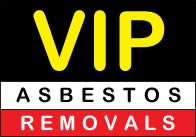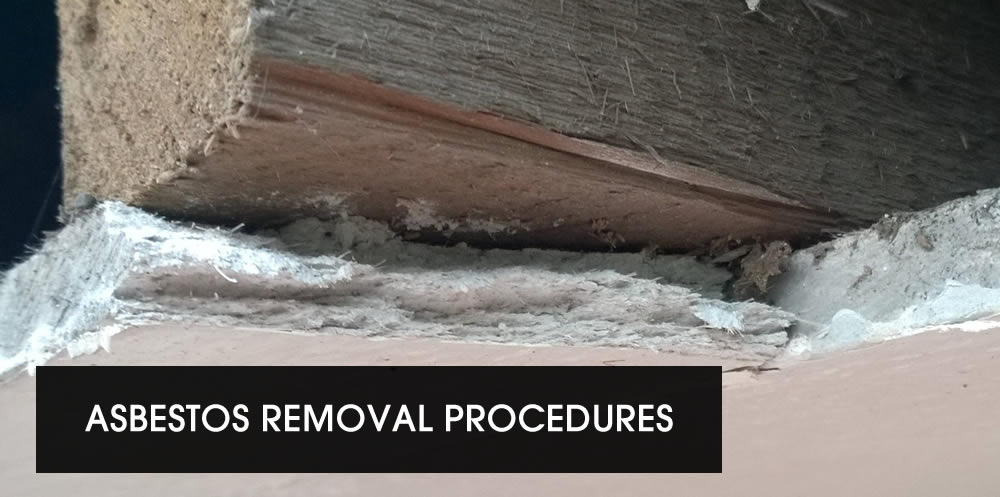Asbestos Removal Procedures Overview
Identify, Remove and Site Clearance
Why are products containing asbestos banned?
When is removal necessary?
- Weathering of asbestos containing material
- Demolitions of asbestos containing materials such as buildings
- Maintenance or renovation involving building that has asbestos material. This includes electrical, plumbing, phone, plastering, roofing, alarm installation, and general maintenance work
- When there is damage of asbestos containing material
Asbestos containing materials are categorized as either friable or non-friable. Although both types asbestos poses a significant health risk, the friable asbestos can become airborne easily. If you suspect asbestos speak to VIP Asbestos Removal Sydney to book a free appraisal.
Asbestos removal regulations (NSW Government)
To minimize the exposure risk, SafeWork NSW stipulate that asbestos should be removed by licensed professional removalist. SafeWork NSW regulates the removal and disposal of asbestos waste at approved worksites. The transportation, disposal, and storage of asbestos waste at non-worksites regulation is the responsibility of the local council or NSW Environment Protection Authority (EPA). So, before proceeding with any renovation or demolition work, you should get a building or demolition licenses respectively from these bodies.
Steps to remove asbestos
a) Tool & equipment
You should minimize risk of exposure by adhering to Code of Practice 2011. You should ensure that you have the right skills and equipment. The required equipment includes:
- Asbestos vacuum cleaners
- Sealant
- Disposable cleaning rags
- Coverall, gloves and safety footwear
- Respiratory protective equipment (RPE)
- Asbestos waste container
- Misting spray bottle or bucket of water
- Warning signs and barrier tape
b) Asbestos removal
The law allows you to remove the asbestos yourself as long as you meet the set conditions. However, this does not mean it does not possess any risk to human health. DIY asbestos removals do not need a special license but you should adhere to these minimum requirements:
- Asbestos to be removed should be non-friable (bonded)
- The limit one shouldn’t surpass is 10m2 of asbestos
c) Site Clearance
d) Air Monitoring
e) Reporting to Government
Prior to removal work, you should notify the government in writing at least five days before the removal work commence. You should provide all the required documentation and the estimated time it will take to finish the job. In some rare circumstances, work may begin before the five-day’ notice become effective if:
- Unexpected breakdown of an essential service such as gas, sewage, or water lines that require immediate attention
- Unexpected event happened and the situation poses risk of exposure, for instance, a forklift crashing into wall built with asbestos cement
If any of the above incidents happen, you should notify the government immediately through a telephone and follow up with a written notification within 24 hours.


Leave A Comment